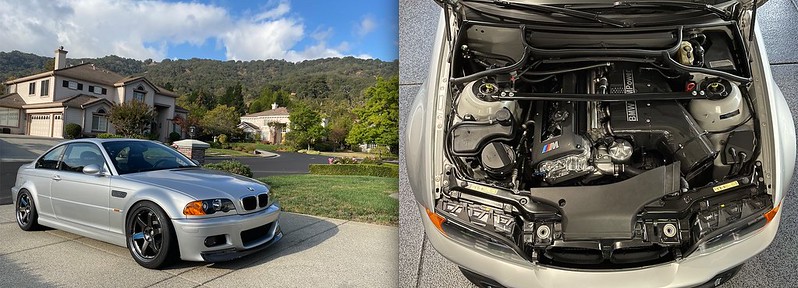Originally posted by duracellttu
View Post
Also before anyone complains, the load is at 2500lbs because the car was running lean on the initial pulls. After the final pull we raised it to 3500 to simulate real world conditions and got within 2hp.



Comment